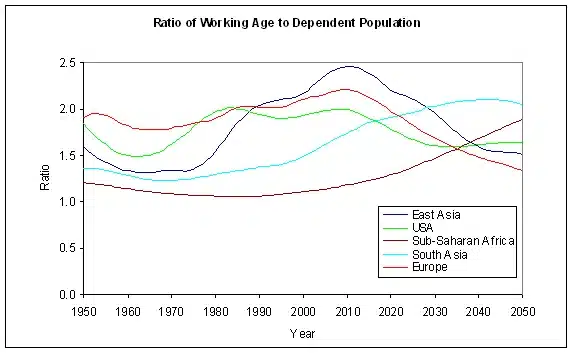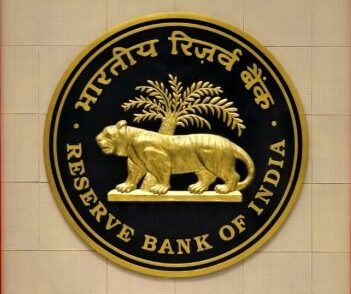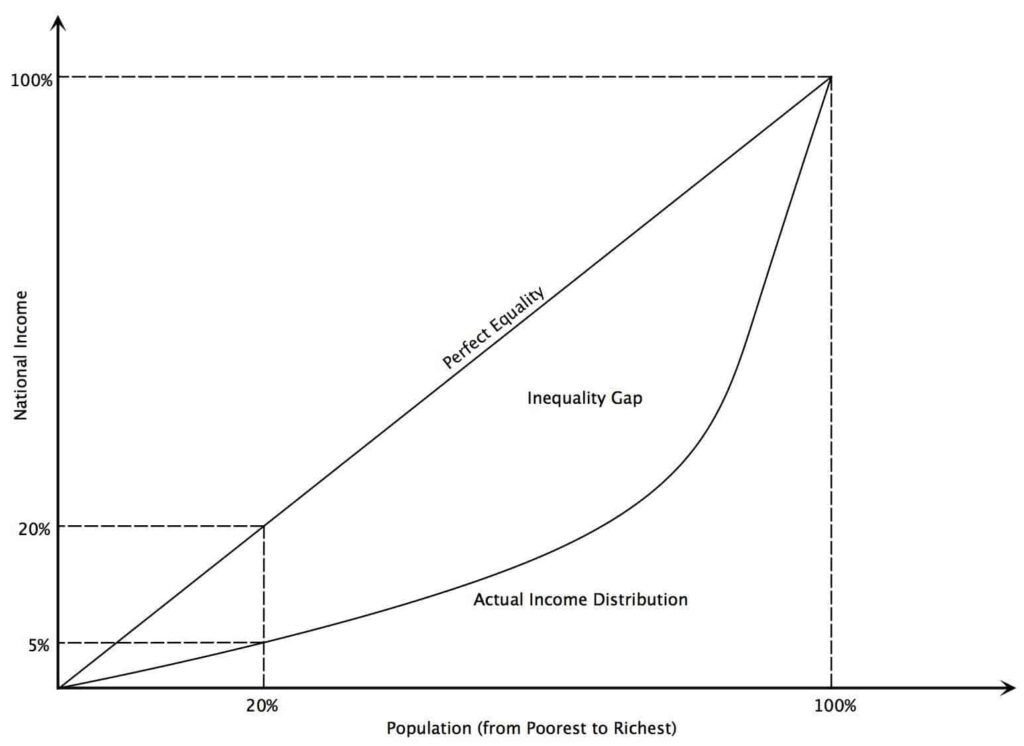Know about Bank
- A bank is a financial institution that accepts deposits from the public and creates credit. Lending activities can be performed either directly or indirectly through capital markets.
- Due to their importance in the financial stability of a country, banks are highly regulated in most countries.
- Most nations have institutionalized a system known as fractional reserve banking under which banks hold liquid assets equal to only a portion of their current liabilities.
- In addition to other regulations intended to ensure liquidity, banks are generally subject to minimum capital requirements based on an international set of capital standards, known as the Basel Accords.

Types of Banking
- Retail banks deal specifically with retail consumers. These banks offer services to the general public and are also called personal or general banking institutions. Retail banks provide services such as checking and savings accounts, loan and mortgage services, financing for automobiles, and short-term loans like overdraft protection. Most retail banks also offer credit card services to their customers, and may also supply their clients with foreign currency exchange. These banks also cater to high-net-worth individuals, giving them specialty services such as private banking and wealth management. Examples of retail banks include TD Bank and Citibank.
- Commercial or corporate banks provide specialty services to their business clients from small business owners to large, corporate entities. Along with day-to-day business banking, these banks also provide their clients with other things such as credit services, cash management, commercial real estate services, employer services, and trade finance. JP Morgan Chase and Bank of America are two popular examples of commercial banks.
- Investment banks focus on providing corporate clients with complex services and financial transactions such as underwriting and assisting with merger and acquisition (M&A) activity. As such, they are known primarily as financial intermediaries in most of these transactions. Clients commonly range from large corporations, other financial institutions, pension funds, governments, and hedge funds. Morgan Stanley and Goldman Sachs are examples of U.S. investment banks.
Reserve Bank of India
- The Reserve Bank of India (RBI) is the central bank of India, which was established on April 1, 1935, under the Reserve Bank of India Act.
- The Reserve Bank of India uses monetary policy to create financial stability in India, and it is charged with regulating the country’s currency and credit systems.
- Located in Mumbai, the RBI serves the financial market in many ways. The bank sets the overnight interbank lending rate. The Mumbai Interbank Offer Rate (MIBOR) serves as a benchmark for interest rate–related financial instruments in India.
- The main purpose of the RBI is to conduct consolidated supervision of the financial sector in India, which is made up of commercial banks, financial institutions, and non-banking finance firms.
- Initiatives adopted by the RBI include restructuring bank inspections, introducing off-site surveillance of banks and financial institutions, and strengthening the role of auditors.
- First and foremost, the RBI formulates, implements, and monitors India’s monetary policy. The bank’s management objective is to maintain price stability and ensure that credit is flowing to productive economic sectors.
- The RBI also manages all foreign exchange under the Foreign Exchange Management Act of 1999.
- This act allows the RBI to facilitate external trade and payments to promote the development and health of the foreign exchange market in India.
- The RBI acts as a regulator and supervisor of the overall financial system.
- This injects public confidence into the national financial system, protects interest rates, and provides positive banking alternatives to the public.
- Finally, the RBI acts as the issuer of national currency.
- For India, this means that currency is either issued or destroyed depending on its fit for current circulation. This provides the Indian public with a supply of currency in the form of dependable notes and coins, a lingering issue in India.
- In 2018 the RBI banned the use of virtual currencies by the financial agencies and banks that it regulates.
Commercial Bank
- A commercial bank is a type of financial institution that accepts deposits, offers checking account services, makes various loans, and offers basic financial products like certificates of deposit (CDs) and savings accounts to individuals and small businesses. A commercial bank is where most people do their banking, as opposed to an investment bank.
- Commercial banks make money by providing loans and earning interest income from those loans. The types of loans a commercial bank can issue vary and may include mortgages, auto loans, business loans, and personal loans. A commercial bank may specialize in just one or a few types of loans.
- Customer deposits, such as checking accounts, savings accounts, money market accounts, and CDs, provide banks with the capital to make loans. Customers who deposit money into these accounts effectively lend money to the bank and are paid interest. However, the interest rate paid by the bank on money they borrow is less than the rate charged on money they lend.
Non-Banking Financial Companies
- Non-banking financial companies (NBFCs) are financial institutions that offer various banking services but do not have a banking license. Generally, these institutions are not allowed to take traditional demand deposits—readily available funds, such as those in checking or savings accounts—from the public. This limitation keeps them outside the scope of conventional oversight from federal and state financial regulators.
- NBFCs can offer banking services such as loans and credit facilities, currency exchange, retirement planning, money markets, underwriting, and merger activities.
- NBFCs are officially classified under the 2010 Dodd-Frank Wall Street Reform and Consumer Protection Act. The Act describes them as companies “predominantly engaged in a financial activity” when more than 85% of their consolidated annual gross revenues or consolidated assets are financial in nature.
- This classification technically encompasses a wide range of companies offering bank-like financing and investing services. Examples of NBFCs include insurance companies, money market funds, asset managers, hedge funds, private equity firms, mobile payment systems, micro-lenders, and peer-to-peer lenders.
Difference between Banks & NBFCs
NBFCs lend and make investments and hence their activities are akin to that of banks; however there are a few differences as given below:
- NBFC cannot accept demand deposits;
- NBFCs do not form part of the payment and settlement system and cannot issue cheques drawn on itself;
- Deposit insurance facility of Deposit Insurance and Credit Guarantee Corporation is not available to depositors of NBFCs, unlike in case of banks.
Co-operative banks:
- Co-operative banks are small-sized units organized in the co-operative sector which operate both in urban and non-urban centers.
- Co-operative Banks in India are registered under the Co-operative Societies Act.
- The cooperative bank is also regulated by the RBI.
- They are governed by the Banking Regulations Act 1949 and Banking Laws (Co-operative Societies) Act, 1965.
- Cooperative Banks in India have become an integral part of the success of Indian Financial Inclusion story.
- They have achieved many landmarks since their creation and have helped a normal rural Indian to feel empowered and secure. The story has not been smooth and has its share of procedural glitches and woes placed at various pockets
Extent of Cooperative Banking
- Indian cooperative structures are one of the largest such networks in the world with more than 200 million members. It has about 67% penetration in villages and fund 46% of the total rural credit. It also stands for 36% of the total distribution of rural fertilizers and 28% of rural fair price shops.
Structure of Cooperative Banking in India
- The structure of cooperative network in India can be divided into 2 broad segments-
- Urban Cooperative Banks
- Rural Cooperatives
Urban Cooperatives
- Urban Cooperatives can be further divided into scheduled and non-scheduled.
- Both the categories are further divided into multi-state and single-state.
- Majority of these banks fall in the non-scheduled and single-state category.
- Banking activities of Urban Cooperative Banks are monitored by RBI.
- Registration and Management activities are managed by Registrar of Cooperative Societies (RCS).
- These RCS operate in single-state and Central RCS (CRCS) operate in multiple state.
Rural Cooperatives
- The rural cooperatives are further divided into short-term and long-term structures.
- The short-term cooperative banks are three tiered operating in different states. These are
- State Cooperative Banks- They operate at the apex level in states
- District Central Cooperative Banks-They operate at the district levels
- Primary Agricultural Credit Societies-They operate at the village or grass-root level.
- Likewise, the long-term structures are further divided into –
- State Cooperative Agriculture and Rural Development Banks (SCARDS) – These operate at state-level.
- Primary Cooperative Agriculture and Rural Development Banks (PCARDBS)-They operate at district/ block level.
- The rural banking cooperatives have a complex monitoring structure as they have a dual control which has led to many problems. A Forum called State Level Task Force on Cooperative Urban Banks (TAFCUB) has been set-up to look into issues related to duality in control.
- All banking activities are regulated by a shared arrangement between RBI and NABARD.
- All management and registration activities are managed by RCS
Small Finance Banks and Payment Banks Criteria
- The Reserve Bank of India (RBI) issues licenses to entities to carry on the business of banking and other business in which banking companies may engage, as defined and described in Sections 5 (b) and 6 (1) (a) to (o) of the Banking Regulation Act, 1949, respectively.
- RBI has come up with guidelines for two new categories of banks- ‘small and payments banks’ and states that these can improve financial inclusion.
Small Finance Banks
- The objectives of setting up of small finance banks will be to further financial inclusion by (a) provision of savings vehicles, and (ii) supply of credit to small business units; small and marginal farmers; micro and small industries; and other unorganized sector entities, through high technology-low cost operations.
- Eligible Promoters: Resident individuals/professionals with 10 years of experience in banking and finance; and companies and societies owned and controlled by residents will be eligible to set up small finance banks. Existing Non-Banking Finance Companies (NBFCs), Micro Finance Institutions (MFIs), and Local Area Banks (LABs) that are owned and controlled by residents can also opt for conversion into small finance banks. Promoter/promoter groups should be ‘fit and proper’ with a sound track record of professional experience or of running their businesses for at least a period of five years in order to be eligible to promote small finance banks.
Payment Banks:
The primary objective of setting up of Payments Banks will be to further financial inclusion by providing (i) small savings accounts and (ii) payments / remittance services to migrant labour workforce, low income households, small businesses, other unorganised sector entities and other users, by enabling high volume low value transactions in deposits and payments / remittance services in a secured technology-driven environment.
Mission Indradhanush for revamping Public Sector Banks
- The mission includes the seven key reforms of appointments, board of bureau, capitalisation, de-stressing, empowerment, framework of accountability and governance reforms.
- The mission includes:
- Appointments: Executives from the private sector have been hired to run state-owned banks with the government.
- Bank Board Bureau: The Bank Board Bureau will start functioning from the next financial year and is the first step toward a full-fledged bank holding company, an entity that will house the government’s stake in state run banks struggling with mounting non-performing loans that have touched 6 per cent of gross advances.
- Capitalization: The government will inject a total of Rs 25,000 crore of capital into debt-laden state banks in this fiscal; Rs 20,000 crore would be injected in a month. Over the next four years, the government plans to inject Rs 70,000 crore.
- De-stressing: The government will concentrate on distressing the banks’ bad loans.
- Empowerment: The government will strive to make it easier for PSBs to hire. The government is looking at introducing Employee Stock Ownership Plan (ESOPs) for the PSU bank managements.
- Framework of Accountability: The government also announced a new framework of key performance indicators for state-run lenders to boost efficiency in functioning while assuring them of independence in decision making on purely commercial considerations.
- Governance Reforms: The process of governance reforms started with “Gyan Sangam” – a conclave of PSBs and FIs organized at the beginning of 2015 in Pune which was attended by all stake-holders including Prime Minister, Finance Minister, MoS (Finance), Governor, RBI and CMDs of all PSBs and FIs. There was focus group discussion on six different topics which resulted in specific decisions on optimizing capital, digitizing processes, strengthening risk management, improving managerial performance and financial inclusion.
Basel III Norms
- Basel III is an international regulatory accord that introduced a set of reforms designed to improve the regulation, supervision and risk management within the banking sector.
- The Basel Committee on Banking Supervision published the first version of Basel III in late 2009, giving banks approximately three years to satisfy all requirements.
- Largely in response to the credit crisis, banks are required to maintain proper leverage ratios and meet certain minimum capital requirements.
- Basel III is part of the continuous effort to enhance the banking regulatory framework.
- It builds on the Basel I and Basel II documents, and seeks to improve the banking sector’s ability to deal with financial stress, improve risk management, and strengthen the banks’ transparency. A focus of Basel III is to foster greater resilience at the individual bank level in order to reduce the risk of system-wide shocks.
Also refer :








